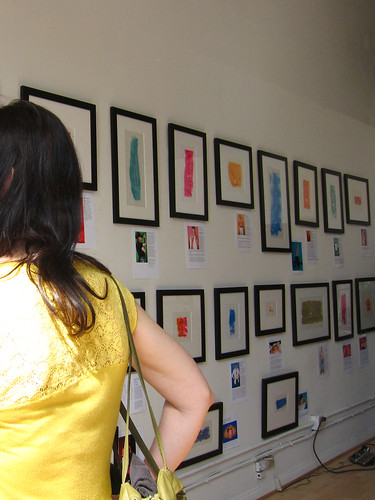Scarred for Life: an art project
Scars tell a story. Ted Meyer translated these stories using ink, paper, and a camera.
 The idea occurred to him when he met an attendee of one of his shows, a beautiful woman in a wheelchair with a scar highlighted by a backless dress. Though he has scars himself, formed during numerous surgeries for Gaucher disease complications, including a splenectomy at age six, he hadn’t given them much thought. But after this experience, he began seeking models with eloquent skin. Meyer’s show has attracted vast attention in its history, including hopeful models wanting to share the stories embedded in their own skin.
The idea occurred to him when he met an attendee of one of his shows, a beautiful woman in a wheelchair with a scar highlighted by a backless dress. Though he has scars himself, formed during numerous surgeries for Gaucher disease complications, including a splenectomy at age six, he hadn’t given them much thought. But after this experience, he began seeking models with eloquent skin. Meyer’s show has attracted vast attention in its history, including hopeful models wanting to share the stories embedded in their own skin.
The models have every imaginable story behind their scars, and have little in common apart from having some form of scar tissue on their bodies. The diversity of scars is reflected by the rainbow of colours used to transfer their images to paper.
The colours used are chosen by the models themselves. After printing directly from the body to paper, Meyer took pictures of the models complete with ink to provide context to the exhibited prints.
While scars can be attention-grabbing, most people avoid looking or asking about them, partly out of politeness, and also observing a social taboo. This discomfort around scarring can extend people with obvious relics of injury finding that they are being avoided. Meyer’s monoprints make it ok to pay attention and study their intricacy. The pain of injury, the skill of the surgeon and the journey of learning to live with disability is shown in a way that invites the viewer.
Like what you just read? Check out some more articles on bepoken:
Blackwood's resident poet tells us about her art
Tags:
Replies to This Discussion
© 2025 Created by Gordon White.
Powered by
![]()